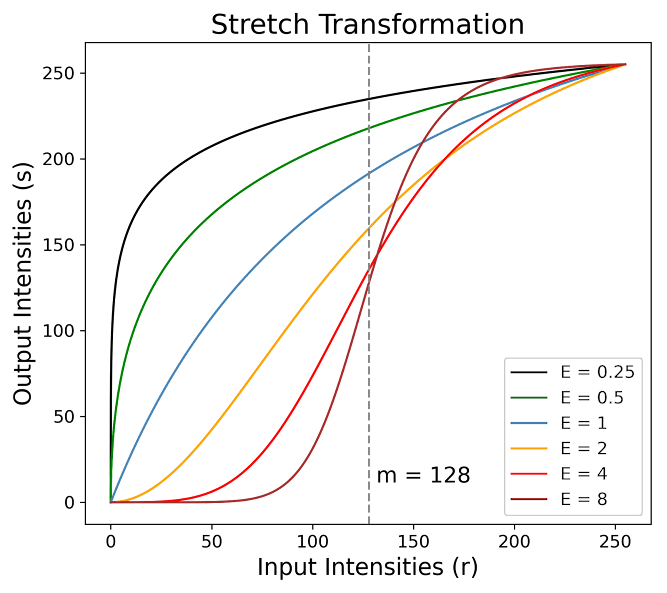Classification is a fundamental task in the field of Machine Learning and Data Science. As one of the most widely applied areas of machine learning, classification algorithms extract valuable insights from data. In this post, I will go deeper into the world of classification, exploring its definition, its real world applications, the principles of these models, their strengths, and potential challenges. Classification is a type of supervised learning approach in Machine Learning.
The classification task is essentially based on looking at the scenario where we predict discrete outcomes based on input features. In simple words, its objective is to predict the category, class or group of an instance based on its features and characteristics. For example, in scenarios where a doctor analyzes whether a tumor is 'malignant' or 'benign', or whether a customer will 'churn' or 'not churn'. These examples represent binary classification problems (cases where there are only two possible outcomes). The key idea of supervised learning approach is training a model using a labeled dataset (it contains data previously classified), so the model can extract the information and learn to predict the classes of new data.
Uses of Classification
Classification models find utility in a large number of fields, serving as fundamental tools for predictive analysis, some of these fields are:
- Marketing: Classification models serve to predict whether a customer will purchase a product, unsubscribe from a service, or respond to a campaign, based on purchasing behavior, demographic information, and customer feedback These insights allow businesses to personalize their customer outreach and manage resources more effectively.
- Finance: Classification algorithms play a crucial role in financial institutions. They can be used predict whether a customer will default on a loan based on their credit history and personal details. Classification algorithms are also used in fraud detection, identifying suspicious activities that deviate from normal patterns. These predictions can help institutions mitigate risk and make more informed decisions.
- Spam Detection: Email services use classification algorithms to determine whether an incoming email is spam or not. These algorithms look at different email characteristics, such as the email content, sender address, and time sent. The algorithm can learn from its mistakes and become highly accurate at distinguishing spam from regular email, improving the user experience.
- Natural Language Processing (NLP): Classification is at the heart of many NLP tasks. It is used to analyze text and make sense of human language. For example, sentiment analysis uses classification to determine whether a piece of text expresses a positive, negative, or neutral sentiment.
Classification Algorithms
There are several types of classification algorithms, each with its own strengths, weaknesses, and applications, each one is better suited to different types of problems.
Logistic Regression and Support Vector Machines (SVM) are examples of binary classification algorithms. Both these algorithms establish a linear decision boundary that separates the classes in the feature space. Although these models were specifically developed for problems where there are only two possible output classes, they can be modified to solve multi-class problems.
K-Nearest Neighbors (k-NN) is another powerful classification algorithm that can handle both binary and multi-class problems. Unlike previous models, k-NN doesn't assume any specific form for the decision boundary. It operates by considering the k nearest data points to assign a class for a new instance or point.
Random Forests and Gradient Boosting Machines (GBM) can also handle multi-class classification problems, where there are more than two potential output classes. These ensemble methods are based on decision trees and can establish complex non-linear decision boundaries.
Deep Learning methods, such as Convolutional Neural Networks (CNN), are particularly powerful tools for complex tasks, such as image or speech recognition. These models are capable of learning hierarchical representations, which makes them well-suited for tasks involving unstructured data.
In conclusion, classification is a fundamental task in Machine Learning with a broad spectrum of practical applications. Understanding the strengths and weaknesses of different classification algorithms is crucial to select the right tool for the specific problem. In future posts, I will dive deeper into each of these algorithms, exploring how they work and implementing them in Python.





.png)







